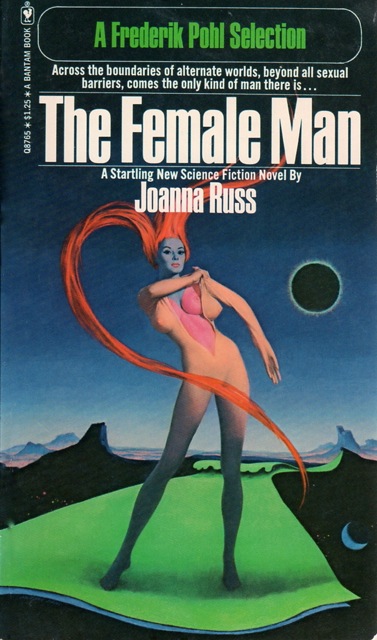Introduction of The Future is Female
By Lisa Yasek
I. Many Different Futures
The Future Is Female! presents twenty-five stories written by three generations of American women from the launch of the first specialist genre magazines in the 1920s to the emergence of self-identified feminist SF in the 1970s. Adopting personae ranging from warrior queens and heroic astronauts to unhappy housewives and sensitive aliens, women were pioneers in developing our sense of wonder about the many different futures we might inhabit, partners in forging the creative practices associated with the best speculative fiction, and revolutionaries who blew up the genre when necessary to address the concerns of American women.
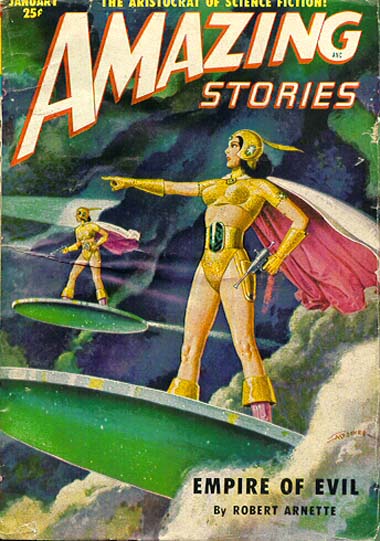
Stories speculating about the future of science, technology, and society began to appear across the globe over the course of the nineteenth century. But science fiction only came into its own in the American SF magazines of the early- and mid-twentieth century. Tantalizing readers with sensational cover art and even more sensational titles like Amazing Stories, Fantastic Universe, and Astounding Science Fiction, dozens of new periodicals promised to reveal the shape of things to come. They offered not only action-packed adventure narratives but informed, even sometimes prescient accounts of real-world scientific discovery and technological innovation. Along the way, they became laboratories for aesthetic exploration as well.
Authors used these magazines to test the themes and techniques that would become associated with the genre, probing and expanding the limits of fiction; editors distilled the results of these experiments, commenting on shared histories and future trajectories for SF; and fans volunteered ideas and opinions about everything from scientific accuracy to the necessity of sex in speculative writing. This truly collaborative process, still ongoing, has established SF as the premiere story form of technoscientific modernity.
II. Pulp Era Pioneers
The first generation of women writing within the American SF magazine community began their careers in what is commonly known as the Pulp Era: the period between 1926 and 1940, approximately, when genre periodicals were most often printed on cheap wood-pulp paper. SF was not, at this point in its history, a genre that radiated social prestige, like the lyric poem or the realist novel. Indeed C. L. Moore, a writer credited then and now with bringing newfound character depth to the pulps, later remembered it as “a great act of daring” for her to purchase her first SF magazine, happening upon Amazing Stories at an Indianapolis newsstand. Her parents “had very definite ideas about literature” and “didn’t approve of ‘trashy’ fiction,” she recalled.

Readers today with similarly definite ideas about literature, who are looking for subtle allusions or the artful defamiliarization of ordinary language, could certainly describe Pulp Era writers like Clare Winger Harris, Leslie F. Stone, and Moore herself as “pulpy.” Less interested in sentence-by-sentence literariness than in big what if questions and the seemingly boundless imaginative possibilities of futures to come—for optimism was one of the hallmarks of the era—these women bravely and collaboratively broke all sorts of new generic ground, trying out speculative themes that now seem like basic elements of American culture.
The first woman to publish in an SF-specialist magazine, Harris seems to have been the first writer of any sex to offer a taxonomy of possible science fiction plots, and wrote stories based on several of these plots herself. Her contemporary Leslie F. Stone imagined the first woman astronaut, the first black SF hero, and the first alien civilization to win a war against humans, helping to build a new kind of American literature from its foundations up.
III. Golden Age to New Wave
Science fiction’s Golden Age—from 1940 to 1960, approximately—saw the genre move from the margins of the culture toward its center. For women who began writing during these years, including Judith Merril, Carol Emshwiller, Andre Norton, and others who have been all but lost to history, SF magazines proliferated and paid them increasingly well for their work; a new generation of editors demanded better-crafted sentences and new approaches to already established themes. Book publishers, both genre-specialist and mainstream, increasingly sought story collections, novels, and anthologies.
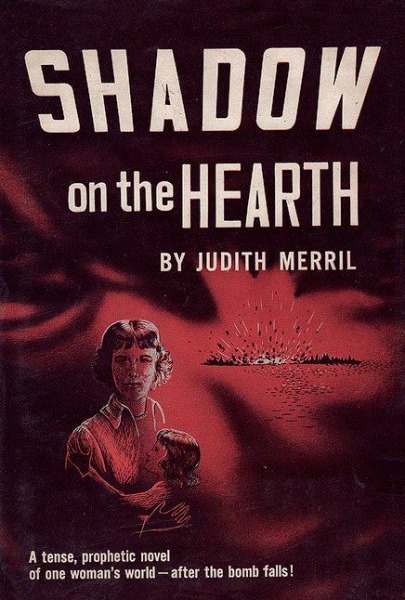
Enabling professional literary careers for some of the writers included in The Future Is Female!, growing audiences also enjoyed SF radio shows, comic books, and movies; Merril became the first woman (and one of the first authors of any gender) to have her SF adapted for television. In the wake of Hiroshima and Nagasaki, the stakes involved in speculation about the future increased exponentially, drawing mainstream authors and critical attention to the genre.
By the 1960s, with the advent of the Space Age, some of the wildest imaginings of the genre’s pioneers had become matters of fact: supercomputers, robots, lasers, and lunar exploration programs were now entirely real. For the generation of women beginning their careers during these years—writers including Sonya Dorman, Ursula K. Le Guin, and Joanna Russ—changing times seemed to have overtaken much of the SF they had grown up reading. Rethinking their predecessors’ often utopian investments in the world-altering potential of the hard sciences, they turned to psychology, anthropology, and sociology, and to modernity’s many discontents, exploring themes like consumerism, overpopulation, virtual reality, corporatism, and the technoscientific manipulation of sex and gender.
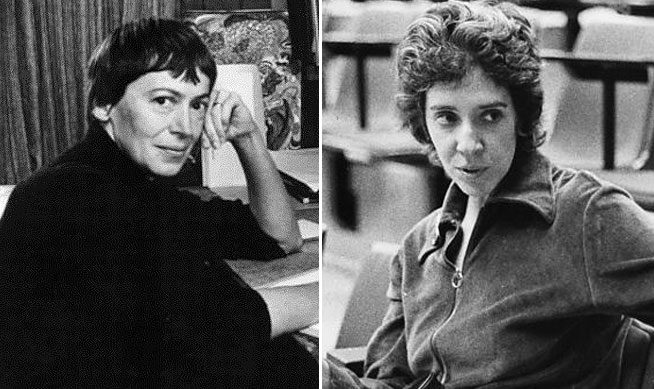
Most notably, these “New Wave” writers (as they came to be called) not only experimented with more contemporary subject matter but with form, style, and modes of expression. For inspiration, some looked to avant-gardes in art, music, and literature, as well as to futurity. More than ever before, they saw their stories appear in literary or mainstream magazines, and deliberately crossed genres; the “science fiction” of earlier generations became, more popularly, “speculative fiction.”
IV. Contributions
So what drew women to SF? Leigh Brackett cherished the “sense of wonder” associated with speculative fiction, asking “where else can I voyage among the ‘great booming suns of outer space’… shoot the fiery nebulae, and make planetfall anywhere I want?” Margaret St. Clair valued SF for leading “human attention into areas of experience that might not have otherwise been explored.”
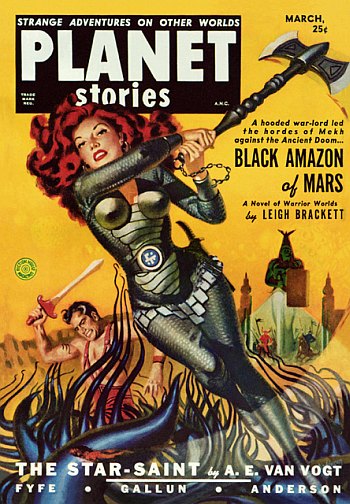
Still others turned to the future in order to confront social and political issues in the imperfect present. Indeed, for Judith Merril, SF seemed like “virtually the only vehicle of political dissent” available to artists during the Cold War, enabling expressions of protest that publishers or audiences might otherwise have rejected. Joanna Russ believed similarly that SF could “crystallize an awful lot of things [people are] already feeling,” and could be particularly useful to minority authors hoping to convey new perspectives on science and society to wider audiences.
As they staked claims for themselves in the American future, women SF authors made major contributions to their chosen genre. First and foremost, they made complex character development a priority in a genre that initially excelled in big ideas and impressive gadgetry rather than emotional depth. As Andre Norton put it, hard science and technology might well be crucial to making a story SF, but what really interested her was “why people do things and how they might react.”
Women revised one of the oldest and most central relationships in SF: that of humans and aliens. Over the course of the nineteenth and early twentieth century, authors drew on widespread assumptions about Darwinian competition between species to cast aliens as bug-eyed monsters whose horrifying appearance reflected their equally horrifying desire to steal scarce resources from humans. But as early as 1928, Clare Winger Harris’s “The Miracle of the Lily” challenged such representations with its depiction of a man who meets intelligent insects from Venus. Other authors in The Future Is Female! who elaborate on the startling notion that humans might cooperate rather than compete with those who differ from them include Zenna Henderson, Rosel George Brown, and Ursula K. Le Guin.
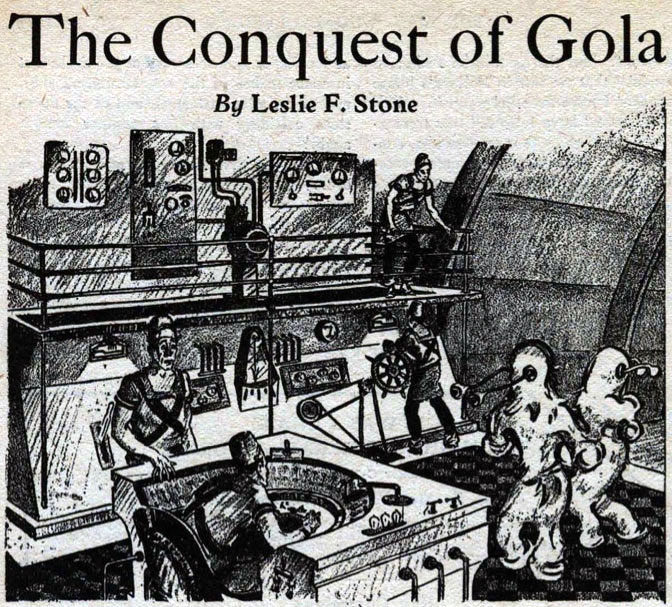
Women also challenged existing ideas about the natural hostility between species by telling tales from alien points of view. Leslie F. Stone pioneered this technique in her 1931 battle-of-the-sexes tale “The Conquest of Gola,” which invites readers to side with the female inhabitants of Venus as they ward off attack by their male Earthly neighbors. Subsequent authors including Margaret St. Clair, Carol Emshwiller, and Sonya Dorman refined this reversal of perspective to explore issues including sexism, racism, environmentalism, colonialism, and capitalism.
Not surprisingly, women revised science fictional representations of male-female relations as well. “Readers are tired of the yarn based on the super-hero and the ravishing babe,” Leigh Brackett warned would-be SF writers in 1944. For her, stereotypical Pulp Era romance narratives, full of stalwart space jocks with their requisite ray-guns saving hysterical damsels in distress from monstrous aliens, were simply “old stuff.” Fortunately, Brackett and many other contributors to this anthology felt that “you can get away with practically anything [in SF] as long as it’s well and subtly done.” Well before their explicitly feminist successors (or in a few cases their explicitly feminist future selves), many of the women included here were rethinking the gender roles that their male counterparts and the broader culture usually took as given—sometimes to an extent that might have been difficult to express without the imaginative freedom or allegorical cover of SF.
Instead of wish-fulfilling fantasies of masculine heroism, Doris Pitkin Buck, Kate Wilhelm, and James Tiptree, Jr. wrote stories in which male protagonists not only fail to save the women they love but turn out themselves to be responsible for the scientific and social situations that have endangered these women in the first place. Katherine MacLean, Andre Norton, and others cast women as experts who embrace alternate modes of science emphasizing intuition and empathy with the natural world. C. L. Moore, Leslie Perri, and Joanna Russ transform the damsels of SF cliché into “sheroes” who engage in quests and fight for truth and justice with almost superhuman strength, but who reject the stoicism, rugged individualism, and separation from nature that define the classic male hero. Still other stories by Judith Merril, Rosel George Brown, and Alice Eleanor Jones introduce readers to an entirely new character type: the housewife heroine whose relative happiness or unhappiness in the future becomes a barometer for evaluating the relative merits of our technocultural arrangements in the present.
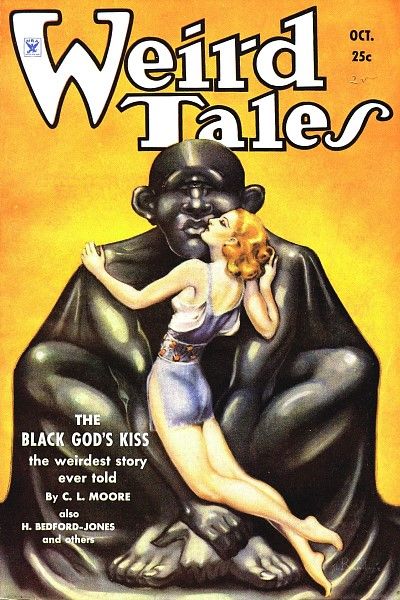
Traversing interstellar voids, piloting vast spaceships, and exploring exotic planets as nimbly as male SF writers, the women of early SF also built intimate, down-to-earth worlds for speculation and reflection. The revelations of Wilmar H. Shiras’ mutant child story “In Hiding”—an influential text for the X-Men comics—unfold in an ordinary, present-day office and suburban home, spaces that seem as exciting in Shiras’ hands as any high-tech lab. Judith Merril’s midcentury classic “That Only a Mother” tackles the consequences of nuclear proliferation without special effects, in modest, near-future interiors. Zenna Henderson’s “Ararat” transforms a typical rural schoolhouse and its surroundings into a scene of alien and paranormal encounter. A first-grade teacher for all of her adult life, Henderson saw Kim Darby and William Shatner portray her characters in The People, made for TV in 1972.
V. Toward a Feminist SF
Motherhood, community survival, and the future of human reproduction are significant concerns in these and other stories featured in The Future Is Female! The ways in which science and technology might be used to literally reconstruct sex, overturning readers’ assumptions about “natural” gendered behavior and enabling radical new modes of living, is a third prominent theme throughout women’s speculative fiction. Anticipated on occasion in stories of the Pulp Era and Golden Age, it is particularly evident in the New Wave stories of Sonya Dorman, Marion Zimmer Bradley, and Ursula K. Le Guin, all of whom extrapolate from current scientific and technological developments to imagine worlds in which sex, gender, sexual orientation, and individual humanity have been profoundly altered. How will cohorts of clones address each other? How will military men feel about their pregnancies? Shape-shifting and protoplasmic, will we look back with nostalgia on bodies, or on love?
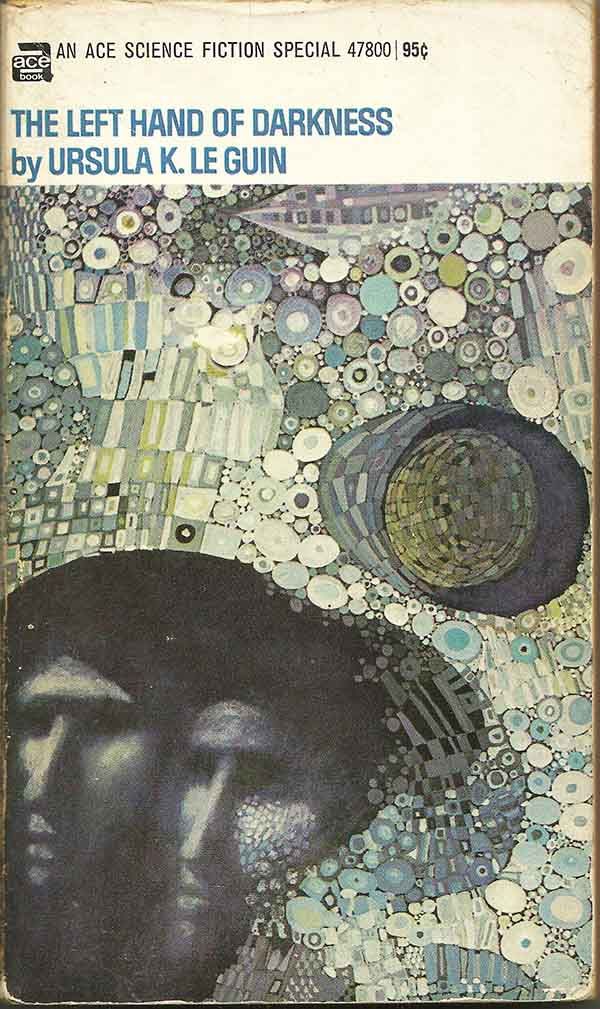
From provocative thought-experiments such as these, the overtly feminist SF of the 1970s began to take form. It is one thing to map the limits of traditional gender roles and the damage they do to women and men alike, as many authors in The Future Is Female! do implicitly. It is another to envision and articulate new arrangements that might have some positive bearing on the present—as several New Wave authors, including Ursula K. Le Guin in The Left Hand of Darkness (1969) and Joanna Russ in The Female Man (1975), went on to do over the course of their subsequent careers
And this is why we need to remember the women of early SF: they are the missing link between the pioneering experiments of Mary Shelley and the finely honed, radiant results we see increasingly in the work of women writing today. Even more consciously than their famous foremother, the twenty-six women included in The Future Is Female! were dedicated to creating a new kind of fiction that could communicate individual hopes and fears about life in a technoscientific world across centuries, continents, and cultures. In doing so, they identified some of the most pressing issues facing women—and indeed, all people—at the beginning and middle of the twentieth century, laying the groundwork for the contemporary women authors we continue to celebrate, and for the writers of tomorrow. So we learn that women who dream about new and better futures for all did not come from outer space, 20,000 leagues under the sea, or even a swiftly tilting planet. Instead, they have always been with us, always insisting that the future is female.
